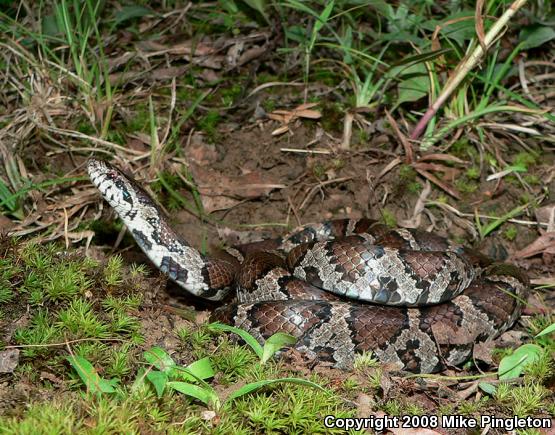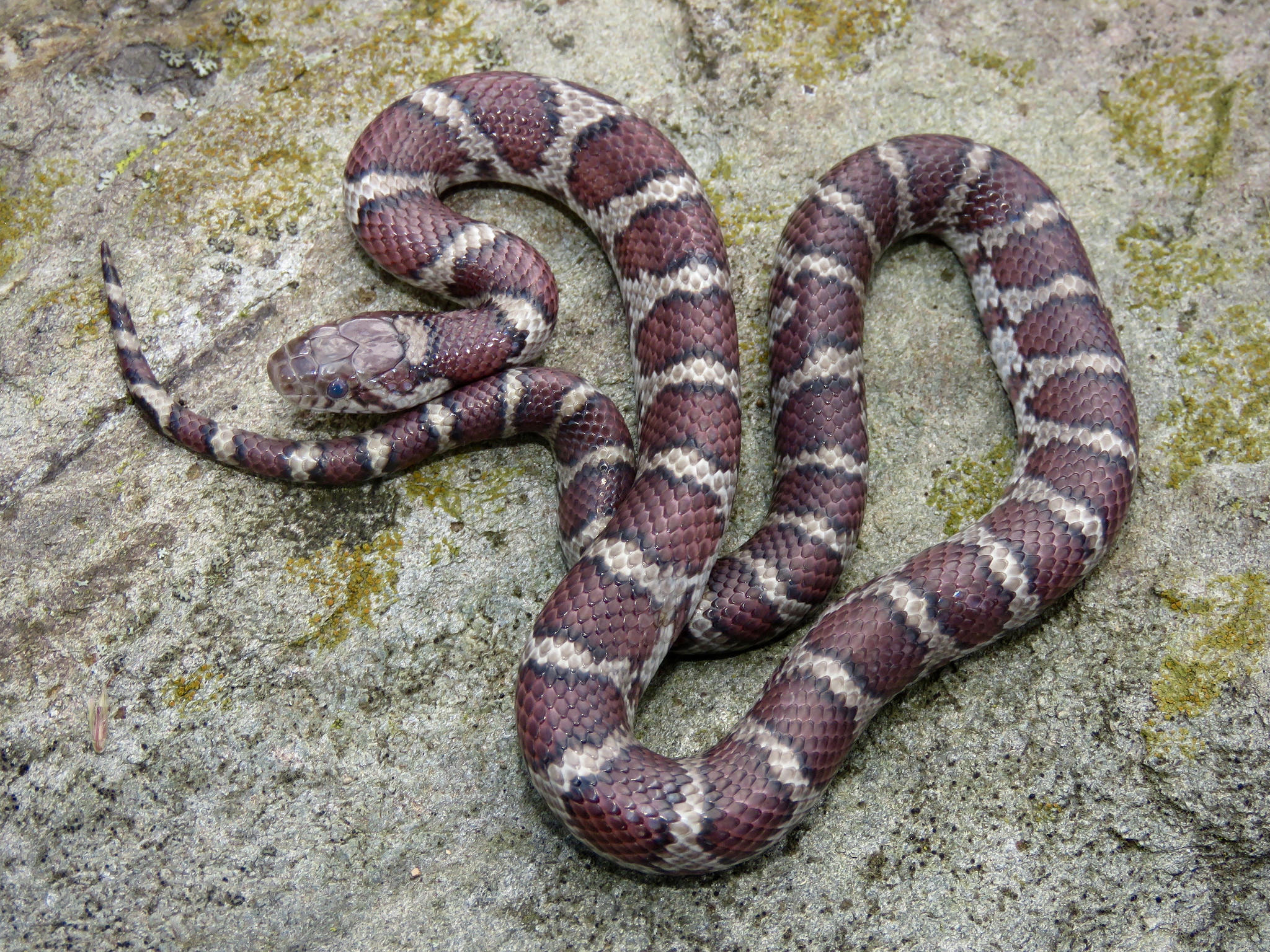

People often misidentify Northern water snakes and Eastern milk snakes as copperheads. The copperhead is the most common venomous snake in PA. Mice, birds, lizards, amphibians, insects, and small snakes

Juveniles have similar coloration as adults, except for yellow or green-tipped tailsįorests, rocky hillsides, open habitats, sometimes near sources of water Hourglass or saddle-shaped brown bands down the length of the body Statewide except for the northern border of PennsylvaniaĮlliptical pupils on a large triangle-shaped headĬopper brown head and a tan, pinkish-brown, or grayish-brown body Northern Copperhead A copperhead’s coloration helps it camouflage seamlessly with the leaf litter and soil of its preferred habitats.Įastern Copperhead Agkistrodon contortrixĪgkistrodon contortrix mokasen Northern Copperhead subspecies

These characteristics are most obvious at close range, so please be cautious when looking for them. The head of a pit viper is shaped like an arrow and is noticeably wider than its neck. Some harmless snakes will puff up their head and neck when they feel threatened, which can be deceiving to humans and other predators. The head of a pit viper is a well-defined triangle shape due to the location of the venom glands on each side. These detect heat and assist them in locating prey. You’ll also find sensory pits between their eyes and nostrils. These three species have elliptical-shaped pupils, like a cat’s eyes, while all nonvenomous snakes in PA have round pupils. These venomous pit vipers can be distinguished from harmless species in the state by several mutual characteristics: All Venomous Snakes in Pennsylvania Are Pit VipersĪll three species of venomous snakes in Pennsylvania are members of the Viperidae family. If you have doubts about a snake’s identity, you should always err on the side of caution. I’ll cover the best ways to differentiate a harmless snake from a venomous one, and go over each venomous species in detail below. Some of them are easy to mistake for one of the many harmless species throughout the state.įortunately, Pennsylvania’s most dangerous snakes are closely related and share several distinguishing characteristics. There are three venomous species in Pennsylvania. You’re most likely to correctly ID a snake when incorporating all of these aspects together. Many snakes have similar patterns and coloration that can be problematic when attempting to identify them.


 0 kommentar(er)
0 kommentar(er)
